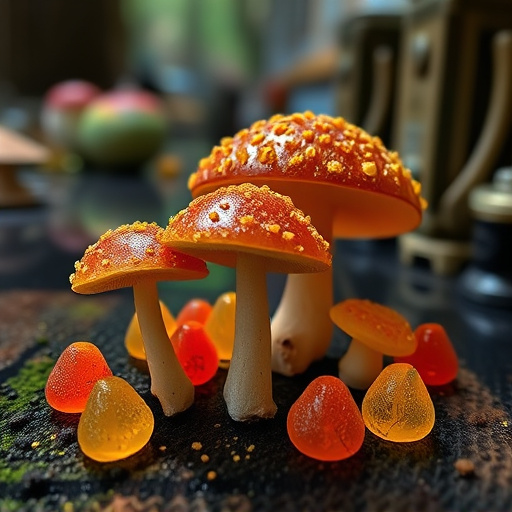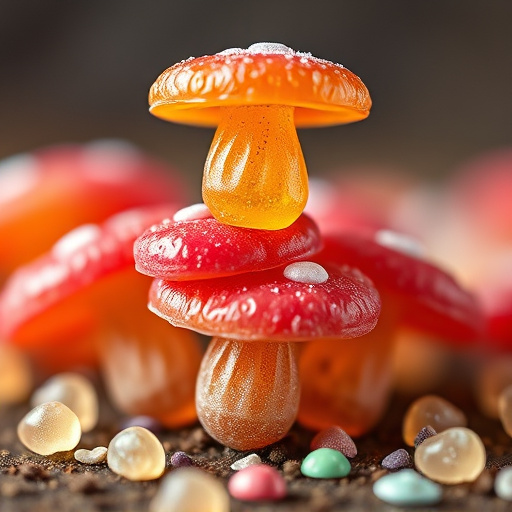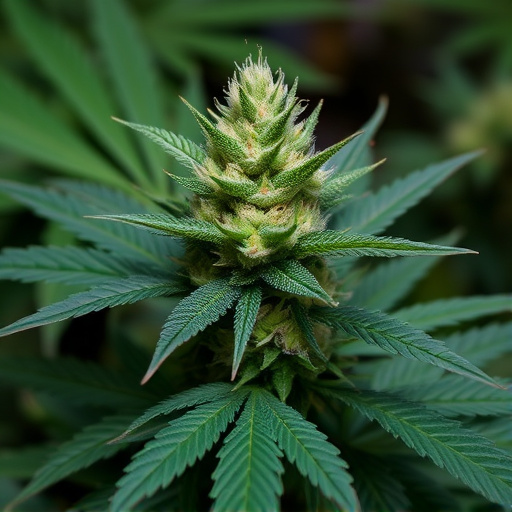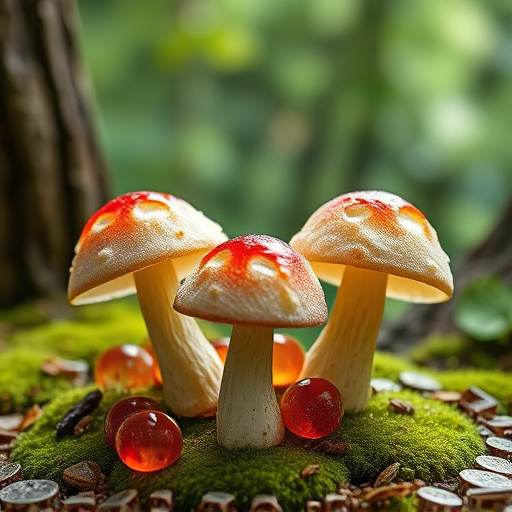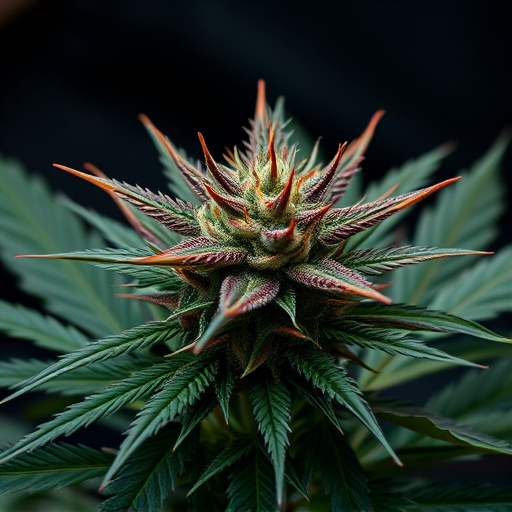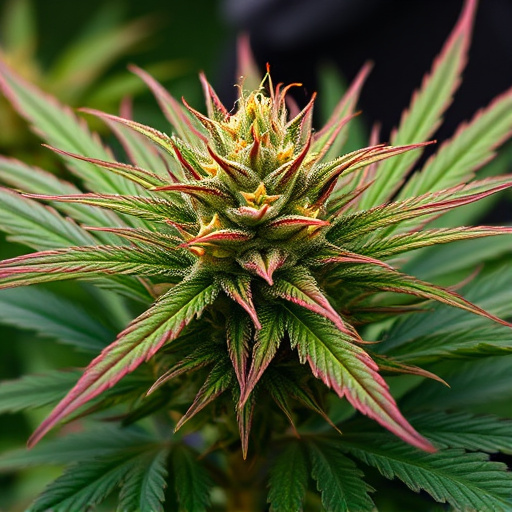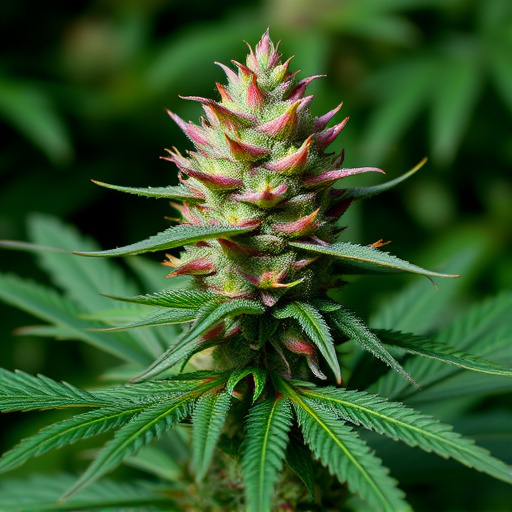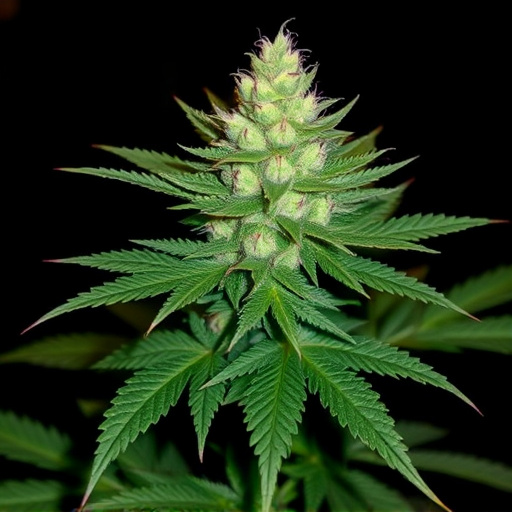The unique aromas of cannabis flowers are achieved through complex interactions between terpenes and aromatic compounds, resulting in diverse olfactory profiles known as the best cannabis strains in the world. These volatile oils, present in many plants, offer a spectrum of scents from citrus to wood. Terpenes also interact with cannabinoids like THC and CBD, influencing the psychoactive effects. Genetic diversity, driven by breeding practices, has created an array of scents. Selective breeding has produced highly sought-after best cannabis strains globally, valued for their distinct terpene profiles and intense fragrances, attracting both recreational and medicinal users. Environmental factors during cultivation and curing also significantly impact the final scent.
Cannabis flowers are renowned for their potent and distinct aroma, a characteristic that captivates users worldwide. This introduction delves into the intricate factors behind the powerful scents of various cannabis strains, from the perspective of terpenes and aromatic compounds to genetic breeding and environmental influences. Discover how these elements contribute to the diverse olfactory experiences offered by what many consider the best cannabis strains in the world.
- The Role of Terpenes and Aromatic Compounds in Cannabis
- Genetics and Breeding: How Strain Selection Impacts Aroma
- Environmental Factors: From Soil to Cure, Their Influence on Cannabis Scent
The Role of Terpenes and Aromatic Compounds in Cannabis

Cannabis flowers emit their distinctive aromas due to a complex interplay of terpenes and aromatic compounds. Terpenes, organic volatile oils responsible for the characteristic scents in many plants, play a significant role in cannabis’ pungent fragrance. Each terpene contributes unique olfactory qualities, ranging from citrusy and floral to woody and spicy notes. The combination and concentration of these terpenes vary across different best cannabis strains in the world, leading to a vast array of aromatic profiles.
These aromatic compounds are not just about smell; they also interact with cannabinoids like THC and CBD, influencing the plant’s effects on the user. Certain terpenes are known to enhance or modulate the psychoactive experiences associated with cannabis consumption, further adding to the allure and diversity of the world’s best strains.
Genetics and Breeding: How Strain Selection Impacts Aroma

The powerful aroma of cannabis flower is a result of complex interactions between various compounds, with terpenes playing a significant role. Genetics and breeding practices have been instrumental in shaping the diverse range of scents we experience across different cannabis strains. The selection and cultivation of specific strains have led to the development of some of the best cannabis strains in the world, each boasting unique terpine profiles that contribute to their distinct aromas.
Breeders carefully curate genetic lines to enhance desirable traits, including scent, potency, and therapeutic effects. This selective breeding process involves cross-pollination and backcrossing to amplify specific terpene production. As a result, certain strains have become renowned for their intense, pleasant, or even exotic scents, attracting cannabis enthusiasts worldwide who seek out these highly sought-after best cannabis strains in the world for both recreational and medicinal purposes.
Environmental Factors: From Soil to Cure, Their Influence on Cannabis Scent
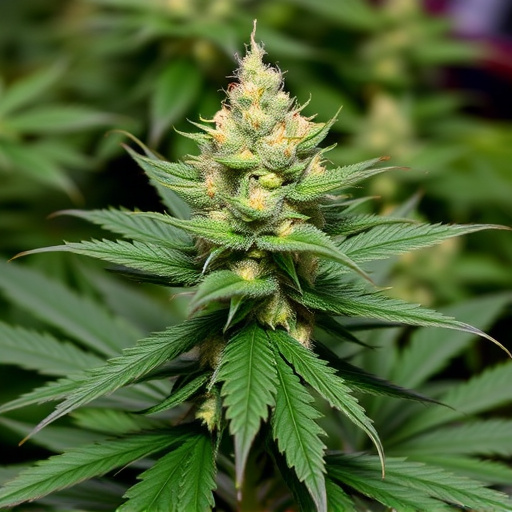
The scent of cannabis flowers is a complex interplay of various elements, and environmental factors play a significant role in shaping its aroma. From the moment cannabis plants are cultivated until they’re cured, their surrounding conditions can dramatically impact the final smell. Soils rich in organic matter or specific mineral contents can impart unique aromas, with some strains known for their earthy, floral, or fruity notes depending on their soil composition.
During growth, environmental factors like temperature, humidity, and light exposure also influence cannabis scent development. Cooler temperatures can enhance terpene production, which are aromatic compounds responsible for many of the distinct smells we associate with different strains. These terpenes, combined with other chemical compounds present in the plant, contribute to what is often described as the “nose-grabbing” aroma of high-quality cannabis strains, including some considered among the best in the world.
Cannabis’ robust aroma is a result of a complex interplay between terpenes, aromatic compounds, genetics, and environmental factors. Understanding these elements allows cultivators to craft unique scents and experiences with strains like those considered among the best cannabis strains in the world. By manipulating these variables, from breeding choices to cultivation techniques, producers can create flowers with specific odours and effects, catering to diverse consumer preferences.


